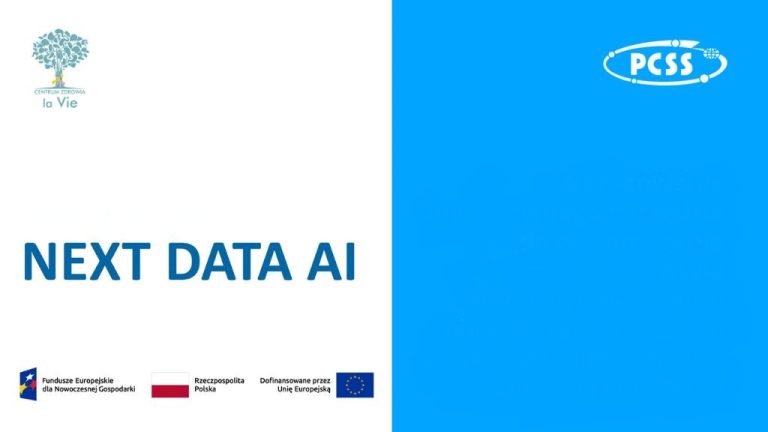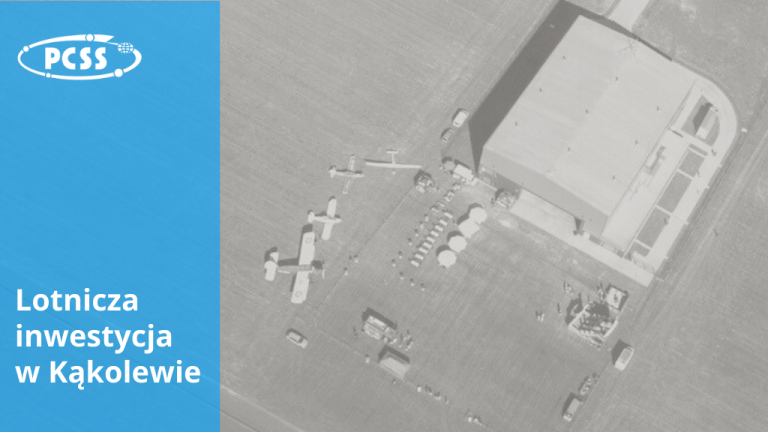The integration of unmanned traffic management (UTM) into air traffic management (ATM) systems was already the focus of the SESAR JU research project GOF U-space, which successfully tested U-space services in seven advanced live trials with 11 unmanned and manned aircraft operators. The trials, both in controlled and uncontrolled airspace, and below as well as above 500 feet in urban, rural, and maritime environments, demonstrated that an integrated environment where manned and unmanned aviation share the same data will improve situational awareness and safety.
The work leading up to the advanced flight trials highlighted the importance of building a scalable U-space architecture and ensured that the technical environment relies on international standards using system wide information management (SWIM) principles. The GOF U-space project also underlined the fact that it is equally important to ensure that the market is interoperable and open, with authority oversight to enable easy sharing of safety-related information.
Building on the key learnings and results of this project, SESAR JU GOF 2.0 now intends to safely, securely, and sustainably demonstrate operational validity of serving combined unmanned aerial systems (UAS), electric vertical takeoff and landing (eVTOL), and manned operations in a unified, dense urban airspace using existing ATM and U-space services and systems. Both ATM and U-space communities depend extensively on the provision of timely, relevant, accurate, and quality-assured digital information to collaborate and make informed decisions. The demonstrations will focus on the validation of the GOF 2.0 architecture for highly automated real-time separation assurance in dense airspace, including precision weather and telecom networks for air-ground communication. This will significantly contribute to understanding how the safe integration of UTM and other commercial drone operations into ATM airspace can be implemented without degrading safety, security, or disrupting current airspace operations.
GOF 2.0 is an important enabler for the further development of the drone market and will deliver the technical components (services, software, competencies, practices) required to cost-efficiently operate autonomous and semi-autonomous drones beyond visual line of sight (BVLOS) in the shared airspace. This is made possible by repurposing already available ATM commercial off-the-shelf components and integrating the latest U-space technology. Furthermore, it will nurture acceptance of drones as part of the new mobility mix, including Air Navigation Service Providers (ANSPs), all airspace users, regulatory authorities, and ultimately the flying public.
PSNC’s main task is to launch and share the Common Information Service (CIS) in the cloud environment, as well as to demonstrate the transition of an airspace class. Demonstrations will be carried out, among others, at Aerospace Lab – the laboratory space of the Kąkolewo airport (EPPG), which is a new area of research and development activities conducted by the Center, focusing primarily on cyber-physical issues.
The GOF 2.0 consortium, consisting of 13 scientific and commercial partners from the drone and aviation industry, will use its expertise and technology to ensure safe flight operations in all classes of airspace in order to provide all airspace users with fair and efficient access to the shared airspace. The GOF 2.0 project is one of several projects managed by the SESAR Joint Undertaking that are dedicated to U-space, the European Commission’s initiative for the safe and secure integration of drones into the airspace.
This project has received funding from the SESAR Joint Undertaking under the European Union’s Horizon 2020 research and innovation programme under grant agreement No 101017689.

























